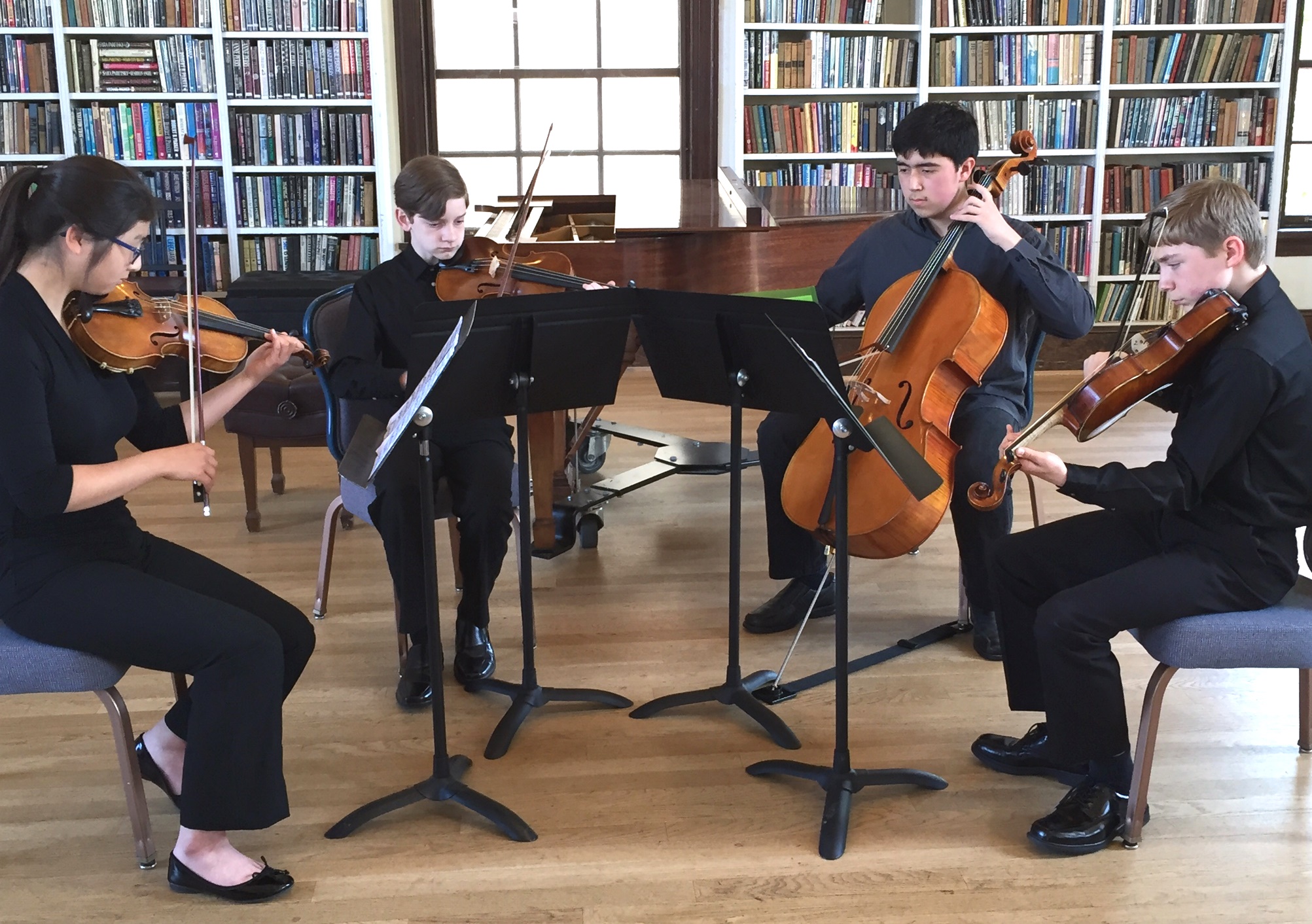Have you ever wondered what it’s like to be a Music student at George Mason University? Are you a high school musician considering a major/ degree program in music? If so, then the upcoming “Mason School of Music Shadow Days” on Monday, November 6th and Tuesday, November 7th are just for you!
Join the Mason Music Ambassadors for a day in the life of a George Mason University music student. Attend classes, sit in on ensembles, and learn what it is really like to be a university student at Mason!

It’s FREE, but you do need to register. Sign up now!






